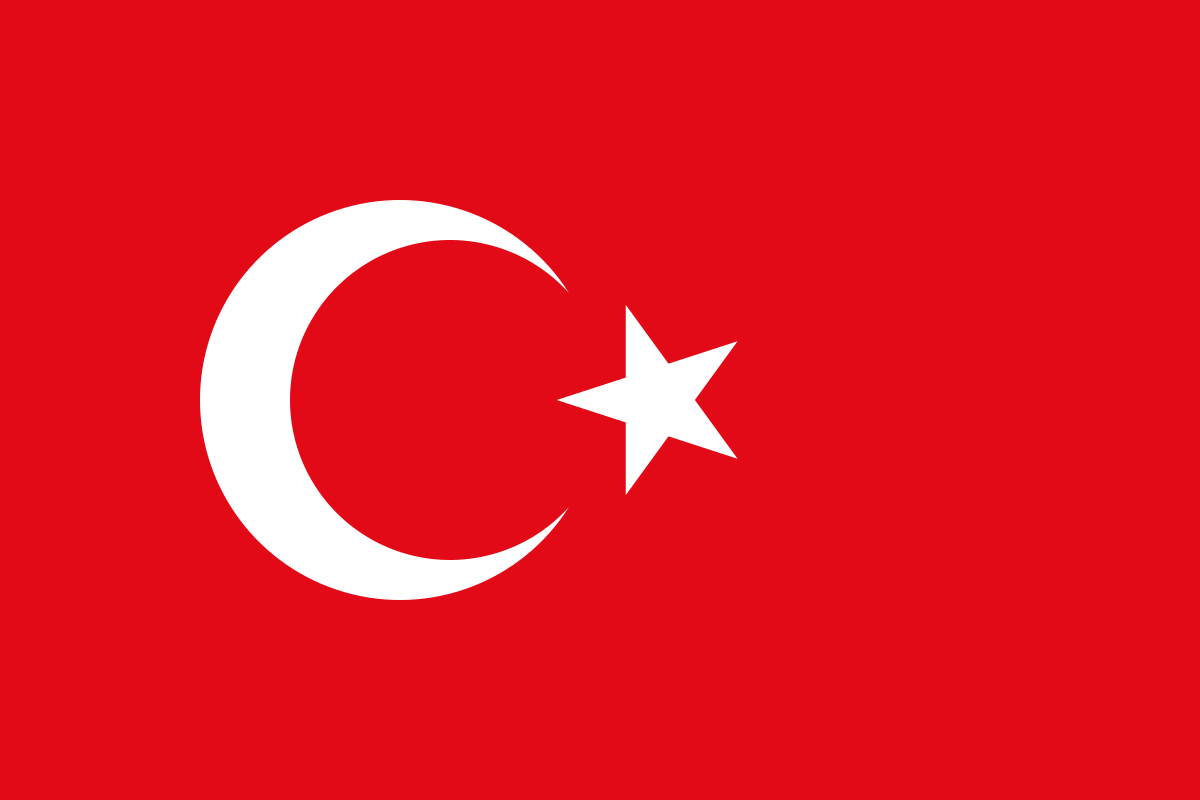When German learners hear meistens y am meisten, they often assume they mean the same thing. After all, both seem to translate as “mostly” or “most of the time.”
But here’s the truth: These two expressions reflect two very different ways of thinking about frequency and quantity.
Vamos a desglosarlo.
1. Meistens = most often / usually / generally
Think of meistens as a word that describes how often something happens — the frequency of an action.
Beispiel: Meistens trinke ich morgens Kaffee.
Most of the time, I drink coffee in the morning.
This tells us: On most days, in most cases — I drink coffee in the morning. Maybe not every day, but very often.
🧠 It’s about the regularity, not the volume.
2. Am meisten = the most / more than any other time
Now compare that to am meisten, which is about how much — the degree o quantity.
Beispiel: Am meisten Kaffee trinke ich morgens.
I drink the most coffee in the morning.
This tells us: Of all times of day, the largest amount of coffee happens in the morning. Even if you drink it less frequently than in the afternoon — maybe you drink one huge mug in the morning, and several small cups later — the total volume is still greater.
🧠 It’s about the amount, not the habit.
3. English Comparison
In English, we usually say:
- Most of the time (for frequency) → meistens
- The most (for quantity or degree) → am meisten
And even in English, the distinction matters:
- “Most of the time I drink coffee in the morning.” (frequency)
- “I drink the most coffee in the morning.” (quantity)
German just marks that more clearly — which helps you express yourself more precisely.
4. Why This Matters in Real Life
Many students use meistens y am meisten interchangeably — and while that might work in basic communication, it can lead to misunderstandings in:
- job interviews,
- academic writing,
- nuanced conversations,
- and everyday clarity.
🧠 If you’re talking about how often, use meistens. 🧠 If you’re talking about how much, use am meisten.
That tiny difference can change the picture completely.
🧭 Related reading from our blog:
- Pause ist nicht Stillstand - Por qué descansar no es lo mismo que no hacer nada
- Üben ist nicht arbeiten - Por qué practicar no es lo mismo que trabajar
- El alemán termina en -ung, pero ¿qué significa?
📘 Columna del autor - La lengua que vivo
Lengua. Identidad. Elección. Significado.
Tymur Levitin - fundador, profesor y traductor
🔗 Elija su idioma
🔗 https://levitinlanguageschool.com 🔗 https://languagelearnings.com
© Tymur Levitin
























